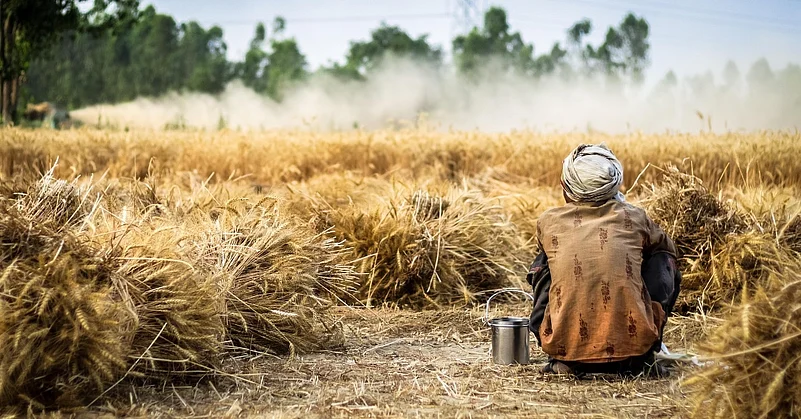The agriculture sector holds the largest share of poor loans among all sectors of the Indian banking industry, according to the Reserve Bank of India's (RBI) Financial Stability Report published in June 2025. Agricultural advances had a gross non-performing asset (GNPA) ratio of 6.10 per cent as of March 2025, the highest among major sectors, even though lending in the sector improved gradually over the past few years.
According to the report, the banking sector has demonstrated great resilience and better asset quality in general. The system-wide GNPA ratio declined to a multi-decade low of 2.30 per cent, a sharp decline from the levels during the twin balance sheet crisis period (2007-2008).
However, the agriculture sector has been the exception. It accounted for 34.6 per cent of the total GNPAs of all scheduled commercial banks (SCBs). The stressed advances ratio, comprising the NPAs as well as restructured loans, was also the highest for agriculture at 6.30 per cent, again highlighting long-standing stress in the segment, according to the report. This is despite the overall contribution of agriculture to outstanding bank credit being relatively small.
Comparatively, the GNPA ratio was 2.30 per cent for industry, 2 per cent for services, and 1.20 per cent for personal loans.
Institutional and Structural Problems
According to the report, the bad loan level in the agriculture sector is not unusual, but the persistence is suggestive of the underlying structural issues. Agricultural income remains vulnerable to monsoon volatility, lower crop prices, and inadequate insurance coverage. Credit also tends to be directed at short-run consumption requirements rather than productive investment, thus reducing the borrowers’ capacity to repay.
Public Sector Banks Most at Risk
Public sector banks (PSBs), which hold a predominant percentage of rural and priority sector loans, are more sensitive to agricultural NPAs than private sector banks. While asset quality has strengthened, the RBI report says that agriculture is still a disproportionately high generator of PSBs’ stressed asset pool.
Impact on Future Lending
The report says that banks may continue to be wary of increasing credit to the agriculture sector unless structural weaknesses are fixed. Though credit growth has eased over the past few quarters, the proportion of agricultural loans in bank credit has actually continued to shrink. This could indicate both a change of preference and the challenge of increasing credit in a high-risk segment.
Policy Outlook
The report says that enhancing the farm credit viability might need a multi-faceted approach–enhanced crop insurance penetration, computerised disbursement of credit, subsidies, and better post-harvest storage facilities to reduce distress sale.










